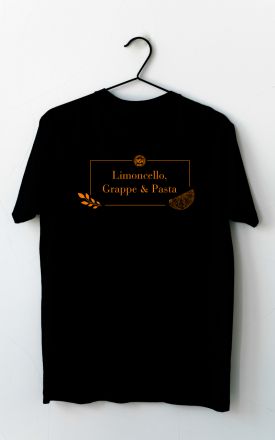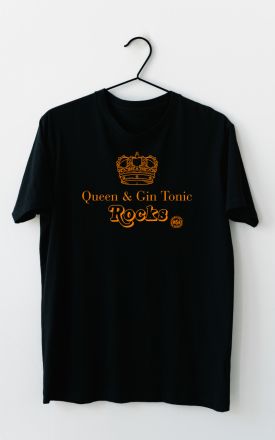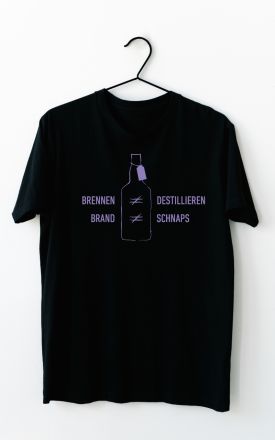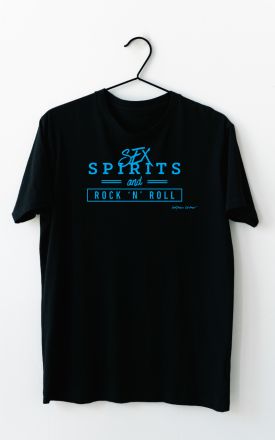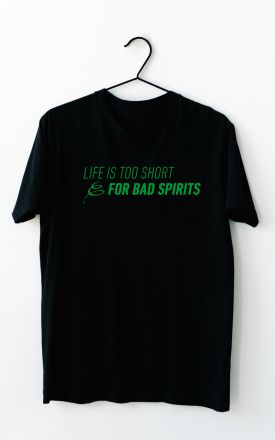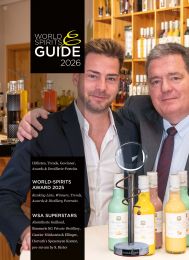Table of Contents
- Introduction to Craft Gin Tasting with Stephan Thomé
- The Eifel Gin: A Regional Twist on London Dry
- 15 Flowers Gin: A Floral Symphony
- Nummer 1 Gin: Pepper and Citrus at Their Best
- Navy Strength Gin: Boldness from the Fairytale Distillery
- Sloe Gin: A Sweet and Fruity Dessert Delight
- Becoming a Gin Tasting Pro: Training and Exploration
- Conclusion: Celebrating Craft Gin with Stephan Thomé
- Frequently Asked Questions (FAQ)
Craft Gin Tasting with Stephan Thomé: Exploring German Craftsmanship and Aromatic Mastery
Welcome to an immersive journey into the world of gin, where tradition meets innovation, and regional craftsmanship shines. In this detailed exploration of craft gin tasting with Stephan Thomé, a renowned distiller from the Eifel region, we delve into the intricacies of five exceptional German gins. Each of these gins tells a story—one of creativity, bold experimentation, and a deep respect for the botanical artistry behind gin-making.
Stephan Thomé’s approach to gin is unique and inspiring, blending sensory expertise with a chef’s precision, and reimagining classic gin profiles using local botanicals. Join us as we taste, analyze, and uncover the secrets behind these remarkable spirits, from the fresh and complex London Dry style to the floral delights and powerful Navy strength expressions. Whether you're a gin enthusiast, a bartender, or simply curious about premium craft spirits, this exploration will enrich your appreciation of gin’s diverse landscape.
Introduction to Craft Gin Tasting with Stephan Thomé
Stephan Thomé, the mastermind behind EUELSBERGER SPIRITUOSEN, invites us into his world of gin creation. Located in the picturesque Eifel region near Bitburg, between Cologne and Luxembourg, his distillery is a hub of innovation and tradition. What sets Stephan’s gins apart is his commitment to regionality—using ingredients that grow within a two-kilometer radius of his farm—and his refusal to follow the classic London Dry gin formula to the letter. Instead, he simulates traditional aromas with unconventional botanicals, creating fresh, intense, and highly original spirits.
In this tasting session, we explore five of Stephan’s crafted gins, each with its own character and story:
- Eifel Gin: A London Dry-style gin made exclusively with local botanicals, eschewing classic ingredients like lemon or coriander.
- 15 Flowers Gin: A floral powerhouse featuring lavender, hibiscus, and elderflower, offering a springtime bouquet in a bottle.
- Nummer 1 Gin: A bold, peppery citrus gin inspired by Stephan’s first gin prototype, with seven types of pepper and five citrus aromas.
- Navy Strength Gin (Fairytale Distillery): A robust 57% ABV gin bursting with mango and hibiscus aromas, crafted by friend Thomas Nishaan.
- Sloe Gin: A dessert-style gin with plum and almond notes, balanced with reduced sugar for a refined finish.
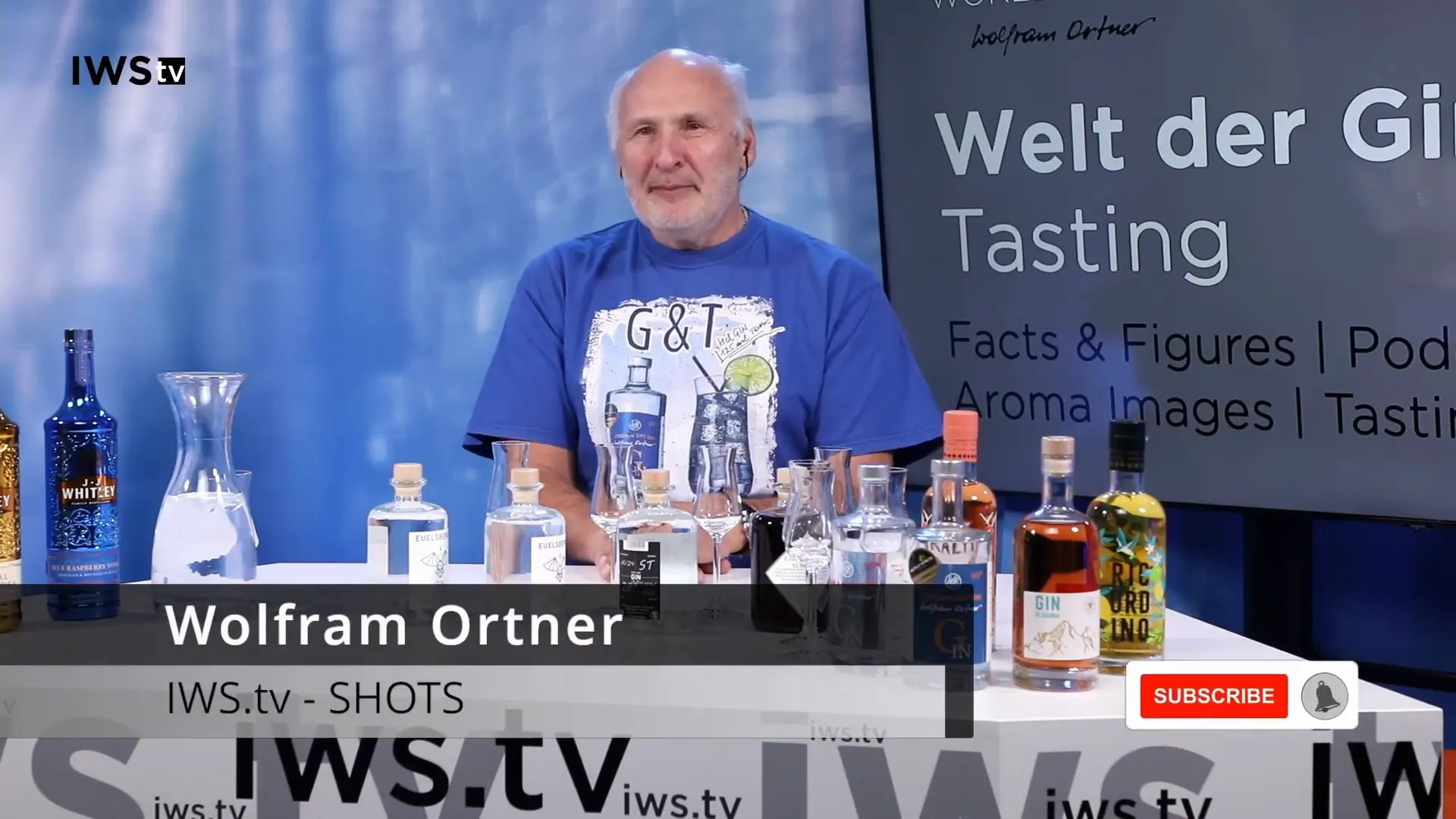
The Eifel Gin: A Regional Twist on London Dry
Our tasting begins with the Eifel Gin, a classic London Dry style spirit that defies expectations. While it carries the familiar juniper-forward profile typical of London Dry gins, it surprises with its use of entirely local botanicals. Stephan explains that although the gin smells and tastes like it contains traditional ingredients such as angelica root, lemon, pepper, and coriander, none of these are actually included in the recipe.
Instead, the aromatic profile is crafted using oak bark, ash bark, and moss—ingredients harvested from within a few kilometers of the distillery. This approach showcases the power of terroir in gin production and highlights how traditional gin aromas can be reinterpreted through local flora.
Stephan describes the gin’s structure as akin to a perfume, emphasizing the importance of top, heart, and base notes:
- Top notes: The initial burst of fresh citrus-like aromas that hit the nose.
- Heart notes: The body of the gin that fills the mouth and engages all areas of the tongue, creating a balanced mouthfeel.
- Base notes: The lingering finish that defines how the gin goes down, influenced by the quality of ingredients and distillation.
This perfume-like layering is essential for creating a gin that is both complex and approachable. Stephan also highlights his unique distillation method, blending a 14-day maceration period with careful distillation using a column still—an uncommon technique among Austrian distillers who often prefer traditional pot stills. This hybrid method ensures a gin rich in flavor yet clean and smooth.
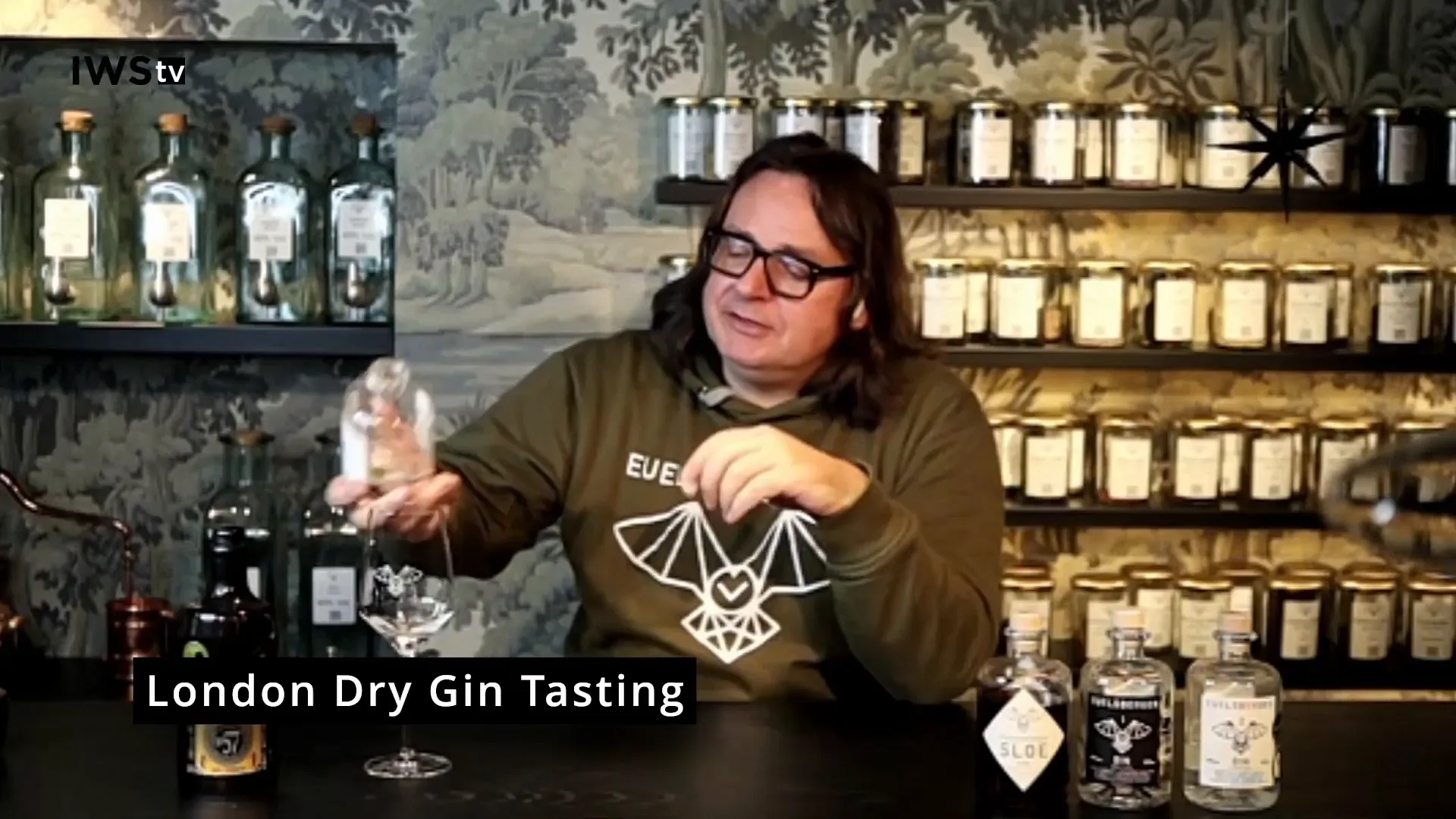
Juniper and the Art of Aromatic Illusion
One of the fascinating points raised during the tasting is how juniper itself carries many citrus notes, which can often be mistaken for added citrus botanicals. This natural complexity allows gins like the Eifel to evoke lemon, peppermint, and even chamomile aromas without including the actual plants. Stephan’s use of oak and ash bark cleverly simulates the angelica root aroma, demonstrating his chef-like approach to botanical blending.
15 Flowers Gin: A Floral Symphony
Next, we explore 15 Flowers Gin, a new western-style gin with a strong floral character. This gin contains botanicals such as lavender, hibiscus, and elderflower, creating an aroma reminiscent of a springtime bouquet. The nose is delicate and fresh, inviting the drinker into a sensory garden.
However, the tasting experience reveals a delightful twist: although the floral scent suggests sweetness, the palate delivers a robust punch. The juniper asserts itself with strong citrus peel notes, providing tartness and bitterness that balance the floral bouquet. This contrast between expectation and reality adds depth and intrigue.
Interestingly, while the gin carries chamomile notes, no chamomile is used in the recipe. Instead, these aromas arise naturally from daisies and other plants like marigold, again illustrating the complexity of botanical interactions.
Stephan regards 15 Flowers as one of his most versatile and intriguing gins, perfect for neat enjoyment but also adaptable for cocktails.
Nummer 1 Gin: Pepper and Citrus at Their Best
Our third gin, Nummer 1, is Stephan’s first gin prototype and a tribute to experimentation and refinement. The name comes from a branding idea inspired by Chanel’s numbered perfumes, emphasizing the gin’s crafted nature as an aromatic masterpiece.
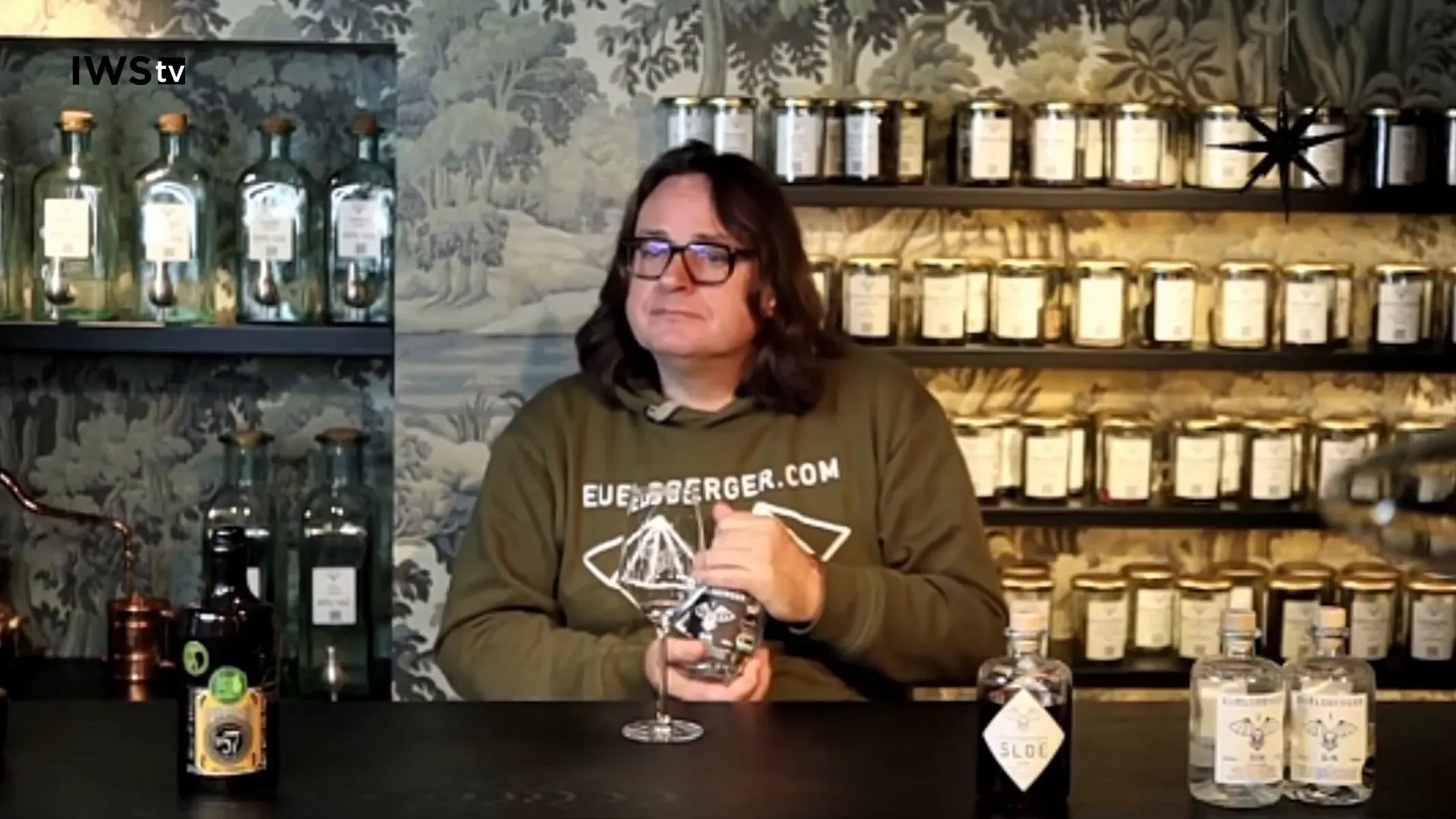
Nummer 1 features an impressive array of seven different peppers and five types of citrus aromas. The peppers are carefully selected to stimulate all areas of the tongue, covering the full spectrum of tastes: sweet, sour, salty, spicy, bitter, and even umami. This comprehensive flavor profile makes the gin incredibly balanced and dynamic.
The dominant citrus notes come from lemon zest, lime zest, and bitter orange zest, bridged by kaffir lime leaf, which also connects to the peppery elements. Sichuan pepper adds a tingling sensation that lingers, making the gin both exciting and smooth at 45% ABV.
This gin is not only excellent neat or in a gin and tonic but also shines in culinary uses. Stephan shares that his mother-in-law enjoys making grapefruit granita topped with a splash of Nummer 1, while in Luxembourg, it is sometimes served as an intermezzo with lemon ice cream. The gin’s bright, fruity character lifts desserts and brings a joyful explosion of flavor.
From Gin to Soap: Creative Uses of Botanical Oils
Stephan’s creativity extends beyond the bottle. The oils extracted from the gin production process, particularly the citrus and pepper oils, are repurposed as artisanal hand soap at his gin school. This playful use of by-products allows guests to experience the gin’s aromas in a new way, literally carrying the scent on their hands.
Navy Strength Gin: Boldness from the Fairytale Distillery
Next, we taste a Navy Strength gin from Stephan’s friend Thomas Nishaan at the Fairytale Distillery. This 57% ABV gin is distilled in a traditional way without a column still, resulting in a robust yet nuanced spirit.
On the nose, the gin offers unique maritime notes, including hints of seaweed, reflecting its origin near Donan Castle. Mango and hibiscus aromas add tropical sweetness and floral brightness, making the high alcohol content surprisingly approachable.
Stephan explains that while high ABV often masks aromas on the nose, this Navy Strength gin retains a full, vibrant aromatic profile. The alcohol encapsulates the aromas, and when diluted by saliva, the gin “opens up” on the palate, delivering a mango bomb of flavor with a powerful finish.
This gin exemplifies Navy Strength at its best—intense, flavorful, and perfectly balanced.
Sloe Gin: A Sweet and Fruity Dessert Delight
To conclude the tasting, we sample a Sloe Gin, a dessert-style spirit with an alcohol content of 27%. This gin uses sloe berries from Stephan’s number four gin as a base, combined with fine white sugar, but in relatively low quantities compared to other sloe gins.
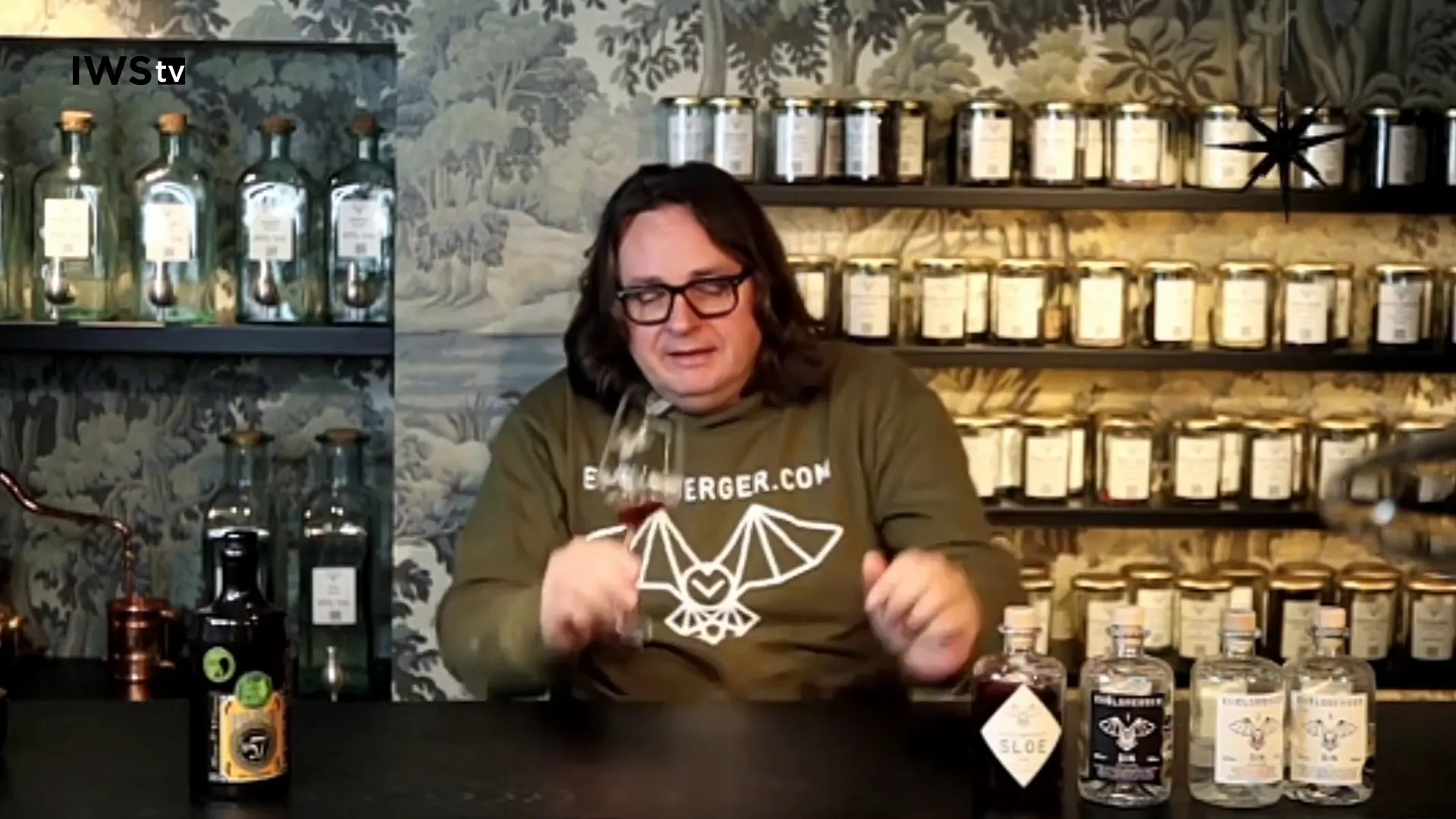
The Sloe Gin showcases the plum-like fruitiness of the sloes, complemented by subtle almond notes. The reduced alcohol and sugar levels make it an ideal after-dinner treat or a leisurely sip during the day. It offers a smooth, fruity experience without overwhelming sweetness.
The Secret of Ginger Notes: The Role of Broom
During the tasting, a question arises about the presence of ginger notes in the Sloe Gin. Stephan reveals that these come not from added ginger but from the use of broom—a shrub harvested in February with minimal blossoms. Chewing broom releases a ginger-like flavor, which is deliberately teased out in the base gin (number four) used for the sloe gin. This detail highlights the nuanced botanical craftsmanship behind Stephan’s creations.
Becoming a Gin Tasting Pro: Training and Exploration
For those inspired to deepen their gin knowledge and tasting skills, Stephan and his partner Wolfram offer two excellent options:
- Training at the Gin School: Focused specifically on gin, this program offers hands-on experience and expert guidance.
- Training at the Academy: A broader spirits education that covers various types of spirits, including gin.
Both programs aim to cultivate sensory skills, deepen understanding of production methods, and enhance appreciation for the artistry behind premium spirits.
Conclusion: Celebrating Craft Gin with Stephan Thomé
Our craft gin tasting with Stephan Thomé reveals the incredible diversity and creativity within the German craft gin scene. From the regional botanicals of the Eifel Gin to the floral elegance of 15 Flowers, the peppery complexity of Nummer 1, the bold intensity of Navy Strength, and the fruity sweetness of Sloe Gin, each expression offers a unique sensory journey.
Stephan’s philosophy—that gin should be constructed like a perfume with carefully layered top, heart, and base notes—transforms the tasting experience into an art form. His innovative use of local ingredients and his dedication to quality distillation techniques set a high standard for craft gin production.
We encourage all gin lovers to explore these gins neat, in cocktails, or even in creative culinary pairings. And for those seeking to refine their tasting skills, training with Stephan and Wolfram offers an invaluable opportunity to learn from true experts.
Join us in celebrating the passion, craftsmanship, and bold experimentation that make craft gin a thrilling adventure for the palate.
FAQ - Häufig gestellte Fragen
The Eifel Gin uses botanicals sourced exclusively from within two kilometers of the distillery, replacing classic London Dry ingredients like lemon, coriander, and angelica root with local oak bark, ash bark, and moss. This creates a fresh, complex aroma that mimics traditional profiles without using standard botanicals.
Stephan constructs his gins like perfumes, focusing on top notes (fresh citrus aromas), heart notes (full mouthfeel and balanced flavors), and base notes (smooth finish). This layered approach ensures complexity and harmony in every sip.
The numbering system was inspired by Chanel’s perfume line, reflecting the artistic and prototype nature of the gins. Nummer 1 was Stephan’s first idea for a gin, while 15 Flowers highlights its floral botanical blend.
While high ABV can sometimes mask aromas on the nose, well-crafted Navy Strength gins like the one from Fairytale Distillery retain a full aromatic profile. The higher alcohol encapsulates flavors, and dilution in the mouth opens up the gin, enhancing breadth and complexity.
Yes, Stephan repurposes oils from gin production, such as citrus and pepper oils, into artisanal hand soap used at his gin school. This allows guests to experience the gin’s aroma in a novel and enjoyable way.
Training programs like the Gin School and the Spirit Academy provide expert-led courses on gin tasting, production methods, and sensory analysis. These programs are ideal for enthusiasts, bartenders, and hobby distillers wanting to deepen their knowledge.
Sesorisches Wissen Kompakt - IWS.TV Fibel

Cachaça: Brazil’s National Spirit Explained Simply



